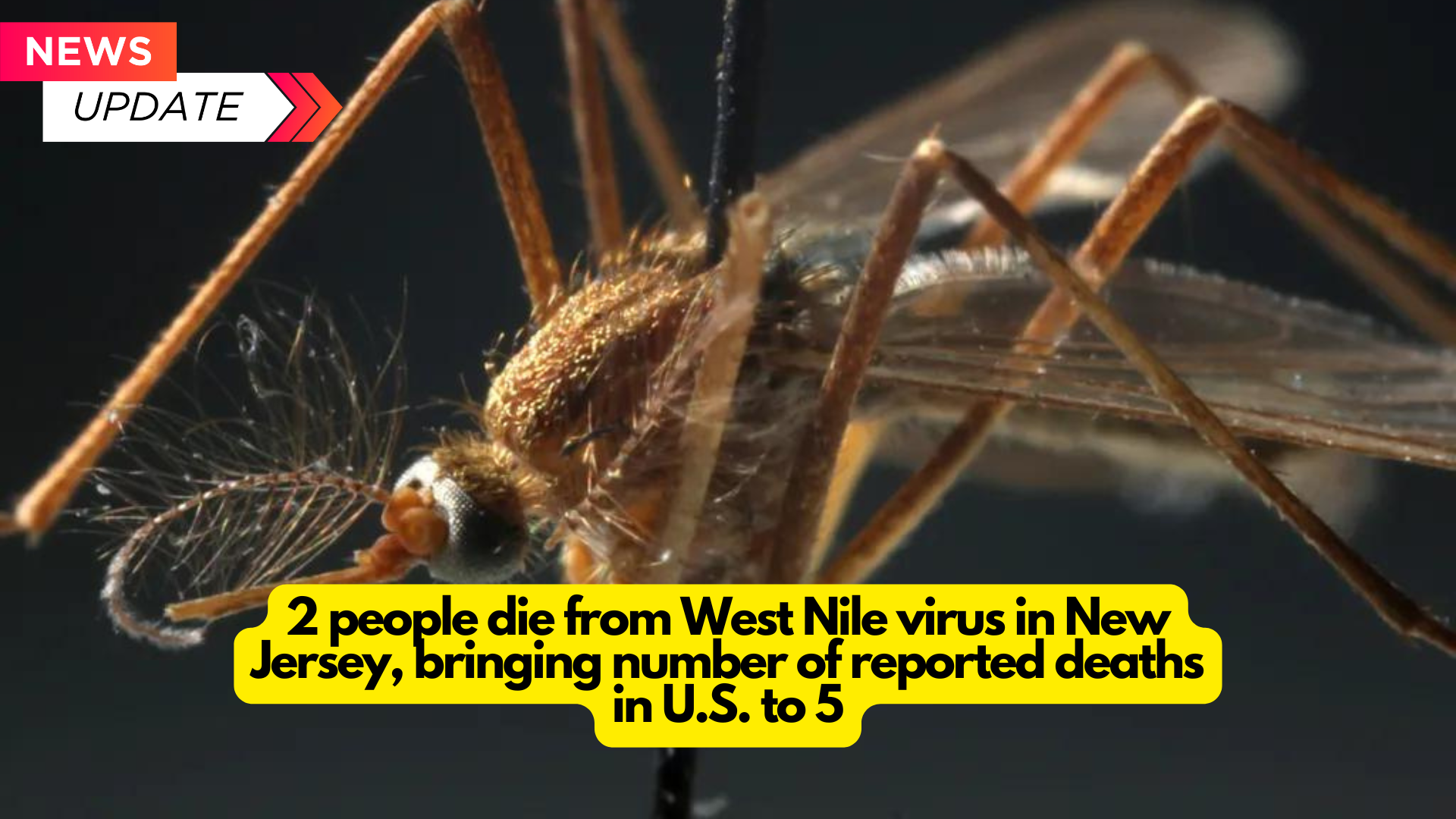Table of Contents
ToggleIn the winter of 2023, health specialists across Europe began to notice something unusual. Cases of whooping cough, often known as pertussis, were increasing.
It wasn’t only happening in Europe. US health officials began reporting an increase in whooping cough cases. In the UK, case numbers had reached their highest peak in two decades. By March 2024, cases across Europe had increased more than in the previous decade (the European Centre for Disease Prevention and Control (ECDC) did not report numbers before 2011).
Approximately 32,000 cases were recorded across Europe between January and March 2024. According to the ECDC, the annual average number of pertussis cases in Europe is around 38,000.
If the trend continues, whooping cough cases may climb tenfold in 2024 compared to a regular year.
According to the numbers presented in the ECDC’s most recent assessment of the situation, the bulk of European cases were among newborns, a demographic for which whooping cough can be fatal. The second-biggest number of reported cases were among children aged 10 to 14.
Paul Hunter, a professor of medicine at the University of East Anglia in the United Kingdom, told DW that these data should be evaluated carefully. He suggested that the number of cases may be greater than previously reported.
Because newborns are at such a high risk for whooping cough, they are significantly more likely than other sectors of the population to be diagnosed. Many elderly people may have an undetected whooping cough.
Hunter, on the other hand, suggested that there may be a contagious impact. Because doctors are becoming more aware of whooping cough, he believes they will be more likely to diagnose it than in the past, perhaps distorting the data.

Vaccination during pregnancy
In its early stages, whooping cough looks like a cold. Patients may have a runny nose, low-grade fever, sneezing, and the odd cough. After a few weeks of pertussis, coughing spells with a high-pitched “whoop” may begin. The sickness is more severe in children and newborns, and minor instances may not have the accompanying whoop. This period might persist for up to ten weeks.
Experts claim they don’t know why cases are increasing. As with most infectious illness epidemics, the cause might be a combination of many events that occur simultaneously.
Along with a general drop in vaccine uptake in newborns, it might be the outcome of a consistent decline in pertussis vaccines during pregnancy across Europe. This might help us understand what is occurring to the newborns. If their mothers were not immunized during pregnancy, the kids have no immunity to whooping cough when they are born.
“You only start vaccinating children against whooping cough at about eight weeks,” Hunter stated. “And most of the most severe disease is actually often before that.”
According to the May ECDC data, pertussis immunization rates during pregnancy vary widely across Europe. In Spain, around 88% of pregnant women were immunized against pertussis in 2023. In the Czech Republic, where pertussis occurrences have increased dramatically, just 1.6% of the population received the vaccine that year.
In the United Kingdom, uptake among pregnant individuals has fallen over the last decade, from over 70% in 2016 to roughly 60% in 2023.

COVID’s Role
Furthermore, the increase might be attributed, at least in part, to what health experts call a decline in population-wide immunity since the COVID-19 epidemic. Flu and strep incidence achieved historic lows as a result of the tight regulations implemented during the pandemic to combat SARS-CoV-2, such as mask-wearing, handwashing, and limiting public interaction.
Since the epidemic ended, cases have increased. However, Hunter claims that this cannot entirely explain the huge increase in whooping cough cases.
This is because whooping cough was not widespread before the epidemic. It was present, but it was unusual. Not like the flu. And, according to Hunter, flu cases have likely doubled in the years after the pandemic, rather than tenfold, as we observe with whooping cough.

The pertussis vaccination
Experts believe the third most likely complicating reason is the whooping cough immunizations themselves.
The first pertussis vaccination was released in the mid-twentieth century in industrialized nations such as the United States, Canada, and portions of Europe. Although it was quite efficient, it was accompanied with serious side effects.
The steep reduction in uptake resulted in outbreaks in the 1970s and 1980s.
In the late 1990s and early 2000s, countries started releasing a second-generation pertussis vaccination. This latest iteration used an acellular rather than a whole-cell injection. Although it did not have the same adverse effects as the first vaccination, it was significantly less effective and provided protection for a shorter amount of time.
Where to go from here
Andrew Preston, a professor and whooping cough expert at the University of Bath in the United Kingdom, told DW that the increase in cases raises challenging challenges for clinicians working on the disease.
Boosters may be a possibility for reducing spread, he added, but “it’s not entirely clear how often you can boost without losing effectiveness.” “Or are we happy with the situation whereby, as long as we can stop babies from becoming really ill and dying, is that good enough, and everyone else just has to cope with some chronic cough once in a while?”
Preston stated that there are new pertussis vaccinations available, some of which potentially provide “far superior” protection when compared to the two currently available vaccines.
But he added it would be difficult to include these doses into the present immunization schedule. In the United Kingdom and much of Europe, the pertussis vaccination is mixed with five other vaccines in a single dose, thus introducing a new one would need a restructuring of the combination vaccine.
“You’d have to reformulate all those other vaccines, and that’s just a monstrous task,” Preston added.



